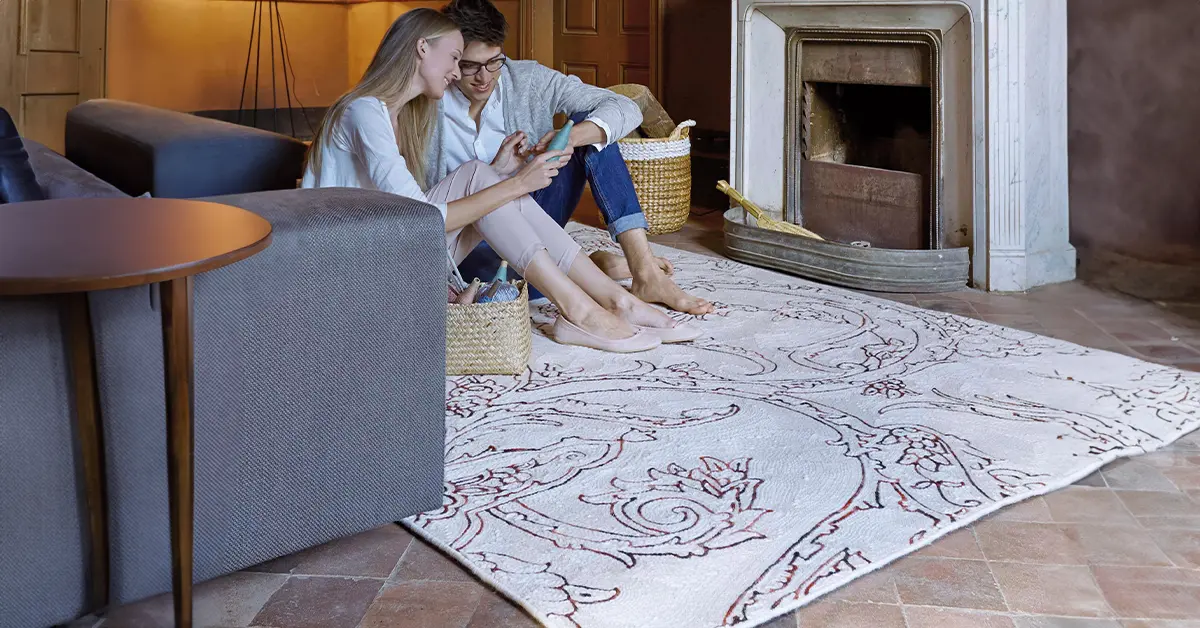Traditional Japanese house is a great example of how simple and beautiful living can be. These homes follow the idea of Japanese minimalism, which means keeping things simple and uncluttered. This concept is inspired by Zen Buddhism, a religion in Japan that focuses on finding clarity and peace of mind.
Having a Zen state of mind is a benchmark that each human wants to achieve in their lifetime. Our chaotic and fast-paced life sometimes feels devoid of the most basic thing – Peace. Originating from a branch of Buddhism that emphasizes the importance of a decluttered mind that views the world with utmost clarity. The ultimate purpose of it boils down to finding happiness within.
To ‘clean’ the mind, it is essential to declutter the surroundings that we spend the most time in, which is our Home. Zen philosophy is the origin of the minimalist movement adopted by the Japanese people for centuries. Traditional Japanese homes are paradigms of aesthetics, exuding calmness, balance, and serenity.
Use of Natural Material in Traditional Japanese House
Wood and Japanese interiors go hand in hand as it is the most used material when constructing a space. Homes are hardly painted and use different hued stains to make the wood colored. Other natural elements are bamboo, stones, and straw since they provide a deep connection with forests which are held sacred in the Japanese religious culture. These materials are great for insulation, which keeps the house warm in winter and cool in summer. To replicate this in your own home, you can opt for more wooden furniture that is stained naturally rather than painting them.
Utilitarian Japanese Furniture

Traditional Japanese house is designed to be adaptable and efficient. Japanese Furniture is often collapsible or portable, allowing for the easy transformation of a room as needed. Guided by the wabi-sabi concept of simplicity, many traditional homes still feature movable furniture like zabuton (floor cushions). However, modern houses have adopted actual beds and low-to-the-ground sofas.
The entrance to their homes has an elevated area that unspokenly prompts the guests to remove their shoes. This also makes their houses relatively dust-free, as dirt doesn’t seep in easily. Tatami mats (straw mats) cover the floors, providing a soft, natural surface for sitting and sleeping.
The sliding doors, or “fusuma” and “shoji,” are made of paper or wood and serve to create flexible, open spaces or divide rooms when needed. For added convenience, modern homes use glass sliding doors to enhance the room’s breathability.
Unfiltered Natural Light by Shoji Screens

To make any room bright with more positivity and warmth, natural lighting is the key element. Since traditional Japanese house is usually small, large open windows give the illusion of a large space.
You can incorporate skylights, big window panels, and Shoji screens (sliding screens), which disperse light in an opaque fashion. Installing Shoji screens in the rooms is a great way to not obstruct the flow of natural light. On days with too much sun, you can opt for fine and gauzy curtains rather than bulky ones.
Incorporate Japanese Plants

A beautiful and well-maintained rock garden is the pride of Japanese households. To make the interiors even more nature-friendly, you can add Japanese plants like Bonsai trees, ferns, vertical plants, and more. Plants provide much-needed oxygen and freshness to the home and also beautify the room.
The famous Japanese rock gardens consist of concentric patterns in the sand that foster peace along with rocks, water, wood, and plants of different sizes. Ikebana, the art of flower arrangement, can be displayed on the dining table or at the house entrance to introduce color and vibrancy.
Open Spaces and Japanese Ma Concept

The concept of ‘Ma’ holds much significance in the Japanese sensibility, which is a design style that creates a natural flow of the order of even the smallest items in the room. It demonstrates that everything should have a purpose where they can be placed in a manner that perfectly aligns with the flow. The furniture should not crowd each corner of the room rather, it should just be on one or two walls while the rest is free from clutter.
Minimalism through Japanese Colors
White has always been presented as a color of peace and serenity, which is what Zen philosophy can be described as. The color always induces a calming feeling, which is the very essence of what a home should represent.
It has become a common truth that shades of white make a space look bigger than it is. It is because shades of white express a sense of serenity and elegance. It is the most basic of colors, and it induces a feeling of calm. You can incorporate this principle by sticking to white cabinets, cupboards, walls, etc.
Conclusion
Traditional Japanese house beautifully showcases how minimalism and aesthetics can coexist harmoniously, creating homes that feel peaceful and timeless. It exemplifies the Japanese commitment to simplicity, natural materials, and an unending pursuit of beauty in everyday life. Just as a Traditional Japanese House is a masterpiece of architectural and interior design, it is also a gentle reminder of the profound wisdom in simplicity. By incorporating elements of Japanese minimalism into our own living spaces, we embark on a journey toward finding happiness within, just as Zen philosophy has taught for centuries.
Having done her Bachelor’s in Technology, Shruti always has an inclination towards implementing technology in day to day life. Being a business owner and homemaker she is superb at multitasking and manages the sourcing and operations of the company. On the personal front, she is very fond of reading, gardening, cooking and drawing. Through her worldview, she is always brewing fresh content in her mind with her hobbies reflecting in her work.











